Why Organizations Need a One-Size-Fits-All HRMS
As organizations grow, managing people becomes more complex. Manual HR systems and disconnected tools start to slow things down. That’s [...]

As organizations grow, managing people becomes more complex. Manual HR systems and disconnected tools start to slow things down. That’s [...]

In the fast-paced world of hospitality, exceptional guest service begins with exceptional human resource management. From hotels and resorts to [...]
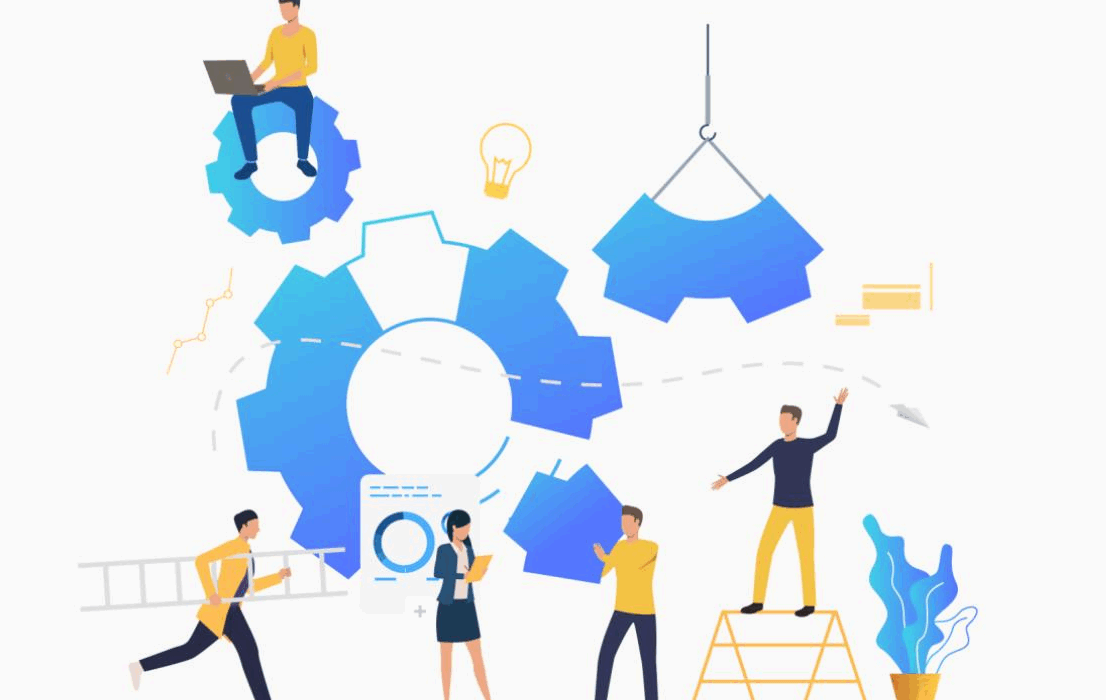
In a nutshell, HR is the key to organizational success and employee welfare. The organization can only do good if [...]
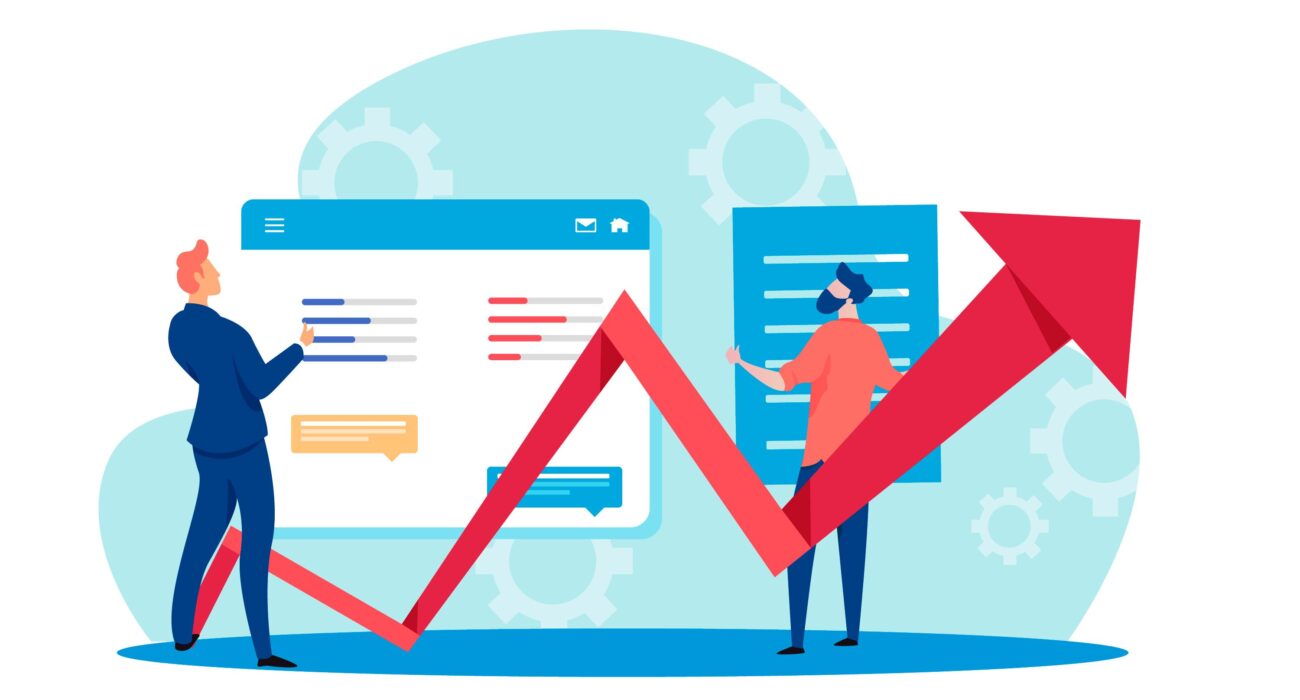
Introduction The Human Resources Technology (HR Tech) industry is undergoing rapid transformation, driven by technological advancements, changing workforce dynamics, and [...]
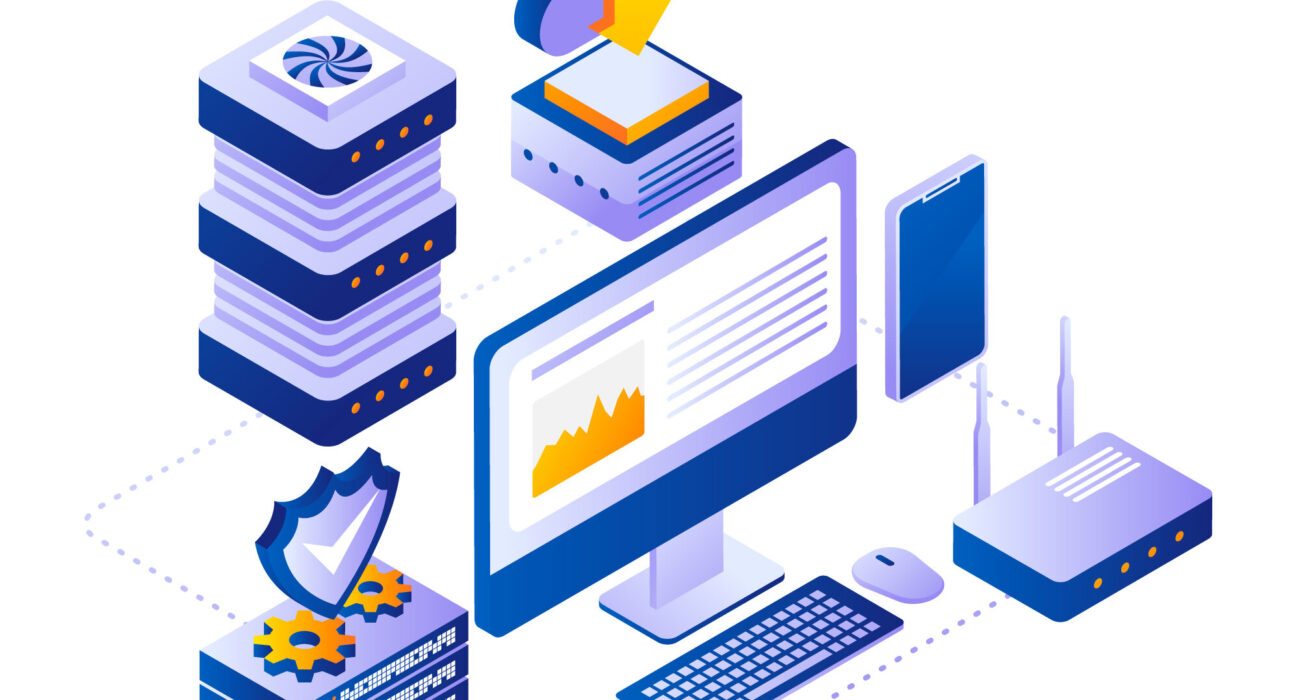
In today’s rapidly evolving business landscape, the decision regarding software deployment models has never been more crucial. Three prominent options [...]
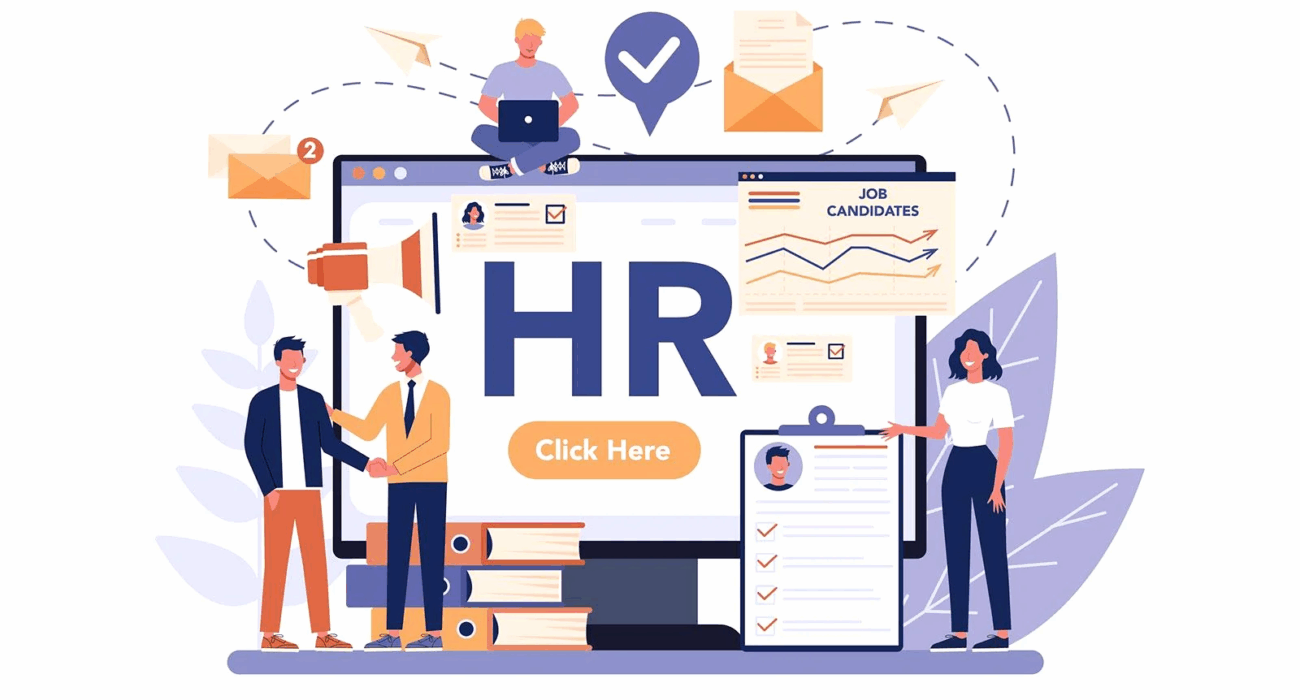
Human Resource Management Systems (HRMS) are pivotal in streamlining and automating various HR processes within organizations. In today’s digital age, [...]

Learning and leaving, is it a real problem, though? It might sound like a major problem. Employees learning from you [...]
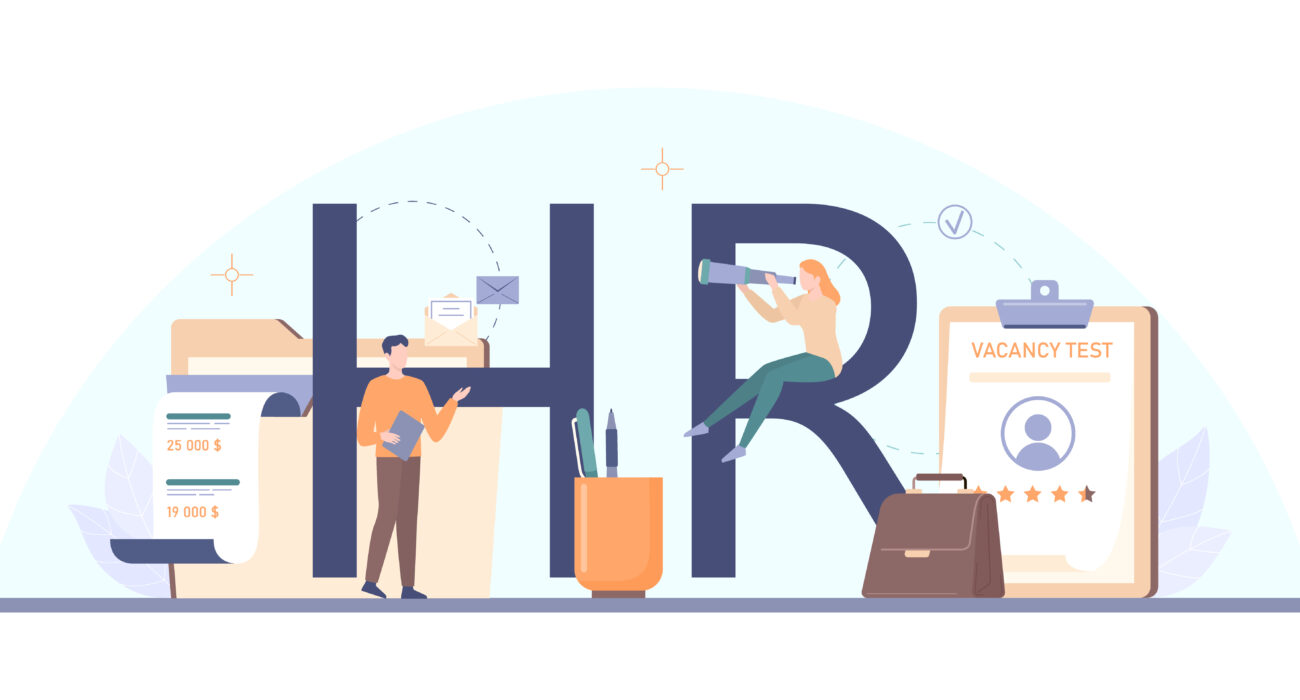
“Automation is all the hype in HR!” Is it really though? Automation has become a necessity in this digital era [...]
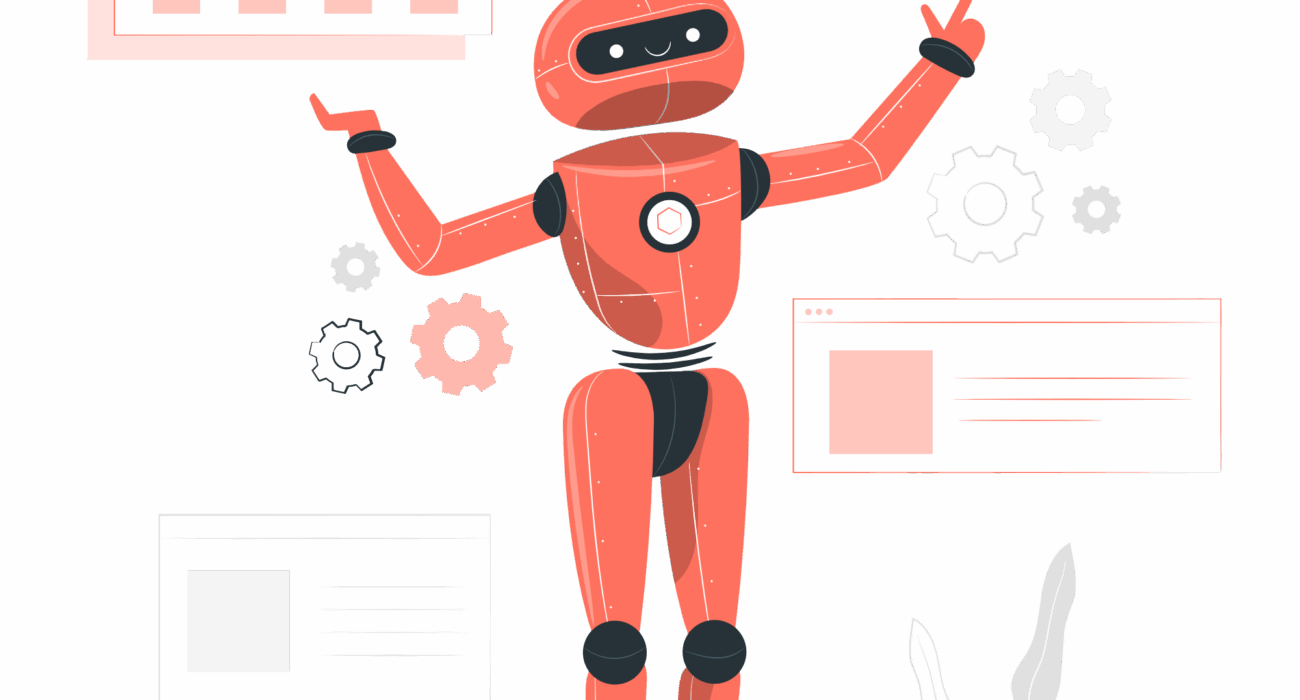
Will AI put HR out of job? Or will it improve HR efficiency? With all the digital revolutions taking place, [...]

You might have heard the term “HR Analytics or People Analytics” more than often. But do you know what it [...]